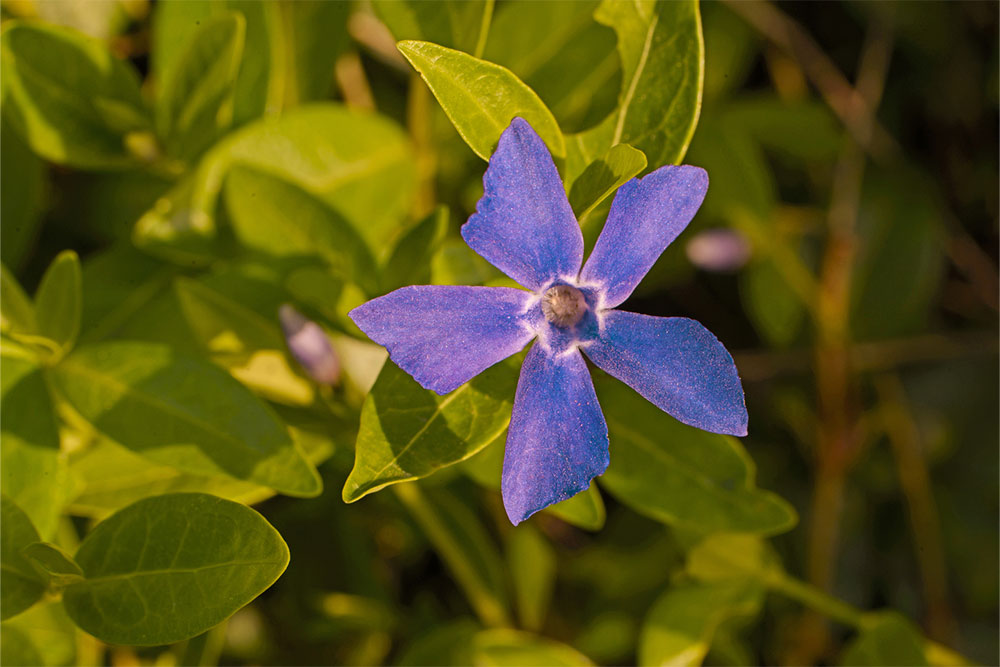7 Easy Ways to Get Rid of Periwinkle
Periwinkle is an invasive plant species that can quickly take over a garden, killing other plants in the area . This harmful plant (or weed) may look pretty due to its lush green leaves and purple flowers, but it can harbor rodents and damage natural waterways. That’s why the plant needs to be removed from the garden. But, periwinkle is among the most resilient plants, so getting rid of it can take some effort.
1. Uproot the plants
One of the best ways to get rid of periwinkle is to pull it out from its roots. But, this method is best for targeting periwinkle plants that are young and tiny and have not spread much.

2. Cut the plants and dig up the roots
If the periwinkle ground cover has grown quite a bit, uprooting the plants might not be easy .
3. Remove all cuttings
An important step after plant removal is cleanup. As a highly resilient species, periwinkle can start growing even from cuttings or broken parts left behind on the ground. So whether one is uprooting the periwinkle plants, cutting their shoots, or digging up the roots, they must carefully clear the ground of all the plant remains. Here, it might be a good idea to hold onto a bag to store all the cut vines and roots. Later, one can just lift the bag away from the ground to ensure none of the plant parts are left behind.
4. Use herbicides
An alternative to manual removal, herbicides can help tackle widespread periwinkle growth. As extensive ground cover can be impossible to uproot manually, herbicides might be the best solution. But, this should be the last resort as they can kill any plant they touch. So, if the periwinkle is growing alongside harmless healthy plants, targeting it using herbicides can be tricky. That’s why one should be extremely careful while using such weed killers. Also, when choosing a herbicide, it is important to go with an oil-based product. This is because the leaves of periwinkles repel water, so water-based options may not work on these weeds.
5. Mow regularly
If one wants to get rid of periwinkle ground cover on a flat surface , which is devoid of other plants, then mowing the area is also a good option. But, as periwinkle plants can grow quickly, one would need to mow the area regularly. This will curb their growth, stopping it from getting out of control.
6. Cover the garden
Another manual technique that has become quite popular for removing periwinkle plants is covering the region where these weeds grow. Here, one will enclose the entire periwinkle ground cover with an opaque sheet , which can be made using a tarp or cardboard pieces. What it does is stop the periwinkle plants from getting sunlight. Without sun exposure, these plants will not be able to photosynthesize and gradually die. This method is known to work, but it can usually take a few months. Also, it is only a viable option if the opaque layer does not cover other neighboring plants.
7. Hire professionals
Today, one can find many reliable professional plant removal companies that can quickly get rid of invasive garden plants for a fee. So, hiring professionals would be a good idea if one notices periwinkles growing in their garden, especially if it houses several other plants. They can ensure the safe removal of periwinkle weeds in a way that does not damage the neighboring plants or the soil. Even if they use herbicides to kill periwinkle weeds, they will likely have the right skills and tools to target the root systems directly and avoid harming other plants. Alternatively, one can find professionals who use natural products or techniques to eliminate invasive plants.

